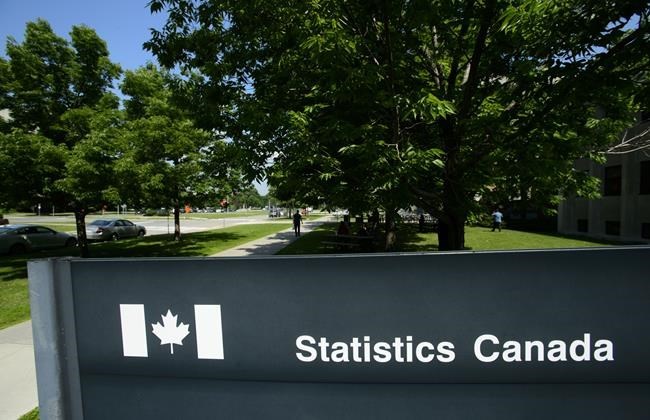OTTAWA — Canada’s unemployment rate rose to 5.7 per cent last month as job opportunities became less plentiful in an economy weighed down by high interest rates.
Statistics Canada released its October labour force survey Friday, which showed the economy added a modest 18,000 jobs.
The gain was not enough to keep the unemployment rate from rising as the pace of job creation trails population growth.
Canada’s unemployment rate was 5.5 per cent in September.
October marks the fourth increase in the jobless rate over the past six months and adds another data point in favour of the Bank of Canada's rate pause, according to economists.
"While the headline job gain was uneventful, make no mistake that the underlying picture for Canada's labour market is softening," wrote Bank of Montreal chief economist Douglas Porter in a note to clients.
Employment rose last month in construction and information and culture and recreation, but the increase was offset by declines in wholesale and retail trade as well as manufacturing.
Wages continued to grow quickly, but the pace slowed last month compared to September, with average hourly wages up 4.8 per cent to $34.08 from a year ago.
The Bank of Canada opted to hold its key interest rate steady at five per cent during its last two decision meetings, largely due to growing evidence that the economy is feeling the impact of higher rates.
Gross domestic product data showed the economy shrank in the second quarter and a preliminary estimate from Statistics Canada suggests another contraction in the third quarter.
The labour market has remained relatively resilient since interest rates started to rise in March 2022 as employers maintained their appetite for hiring post-pandemic. But job vacancies have been on the decline this year and Friday’s report suggests job prospects are continuing to dwindle.
Among those who were unemployed in September, a larger proportion stayed unemployed in October than 12 months prior, suggesting “job seekers are facing more difficulties finding employment than a year ago.”
Employment opportunities are expected to become even more sparse as the effect of previous rate hikes increasingly filter through the economy.
"In no way should the Bank of Canada hike again, given everything we know right now," said James Orlando, TD's director of economics. "We think they've done enough. And they should just ... hold steady right now and (let) the economy continue to slow."
The unemployment rate has already risen by 0.7 percentage points this year and Orlando says TD is expecting it to climb to 6.7 per cent in 2024.
"The 0.7 per cent adjustment is big, and it's moving in the right direction with respect to getting the economy into balance. But there's still more to go," Orlando said.
While the Bank of Canada has not fully closed the door to more rate hikes, governor Tiff Macklem has made it clear that the central bank doesn't want to raise rates more than necessary.
During a Senate committee meeting this week, Macklem said the bank opted to hold rates steady in part because it is anticipating a wave of mortgage renewals will further cool the economy.
Canadians who are renewing their mortgages with higher interest rates are forced to cut back elsewhere, slowing spending on goods and services.
The Bank of Canada is hoping this pullback will slow inflation and bring it back to its two per cent target.
So far, inflation has fallen considerably from a peak of 8.1 per cent, reaching 3.8 per cent in September.
But higher borrowing costs are posing a new challenge to families, while the cost of necessities continues to climb rapidly.
In October, Statistics Canada says one in three Canadians reported living in a household that found it difficult or very difficult to meet its financial needs when it comes to transportation, housing, food, clothing and other necessary expenses over the previous four weeks.
While that figure is down slightly from a year ago, it’s still up considerably from October 2020, when 20.4 per cent of Canadians reported the same thing.
This report by The Canadian Press was first published Nov. 3, 2023.
Nojoud Al Mallees, The Canadian Press




